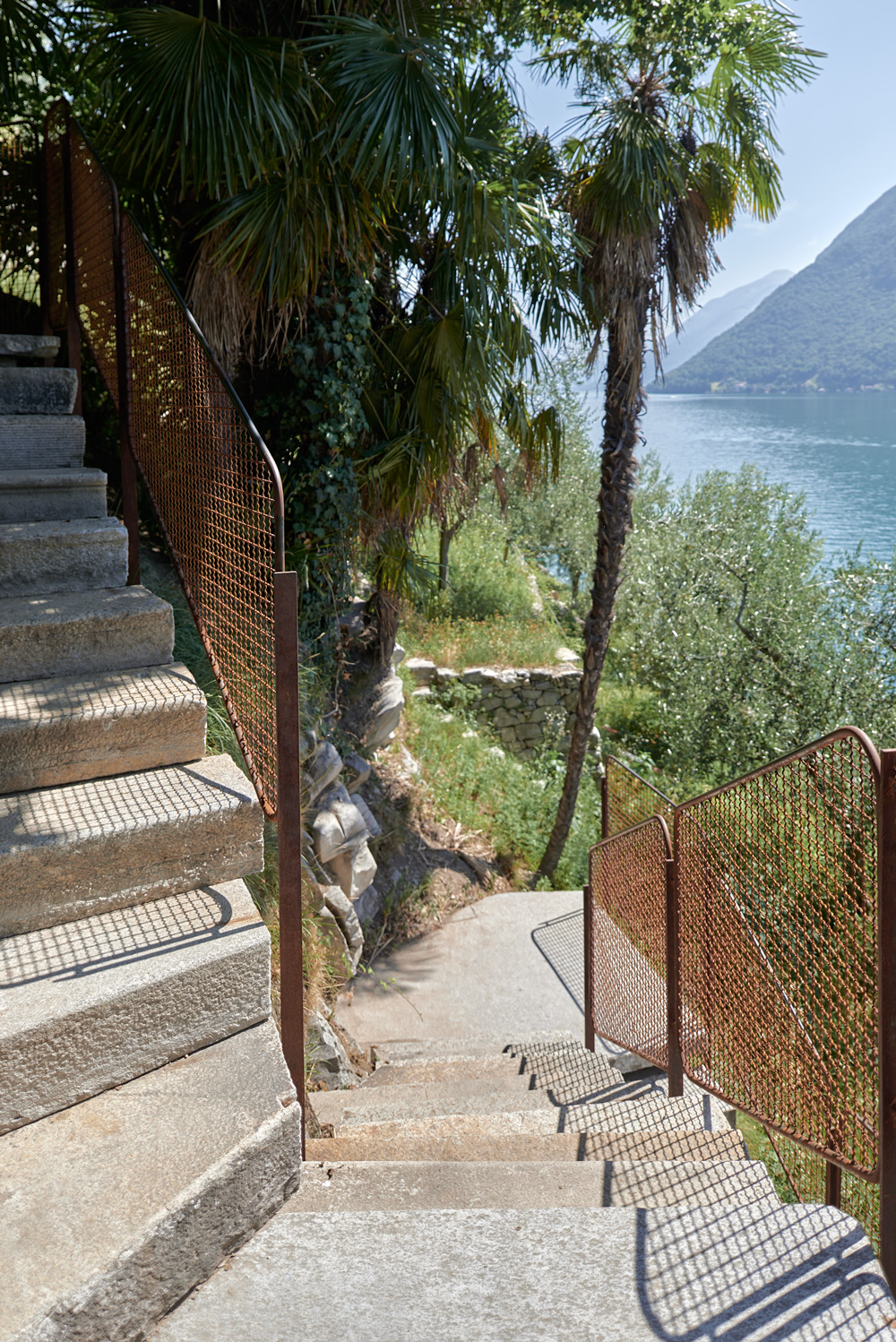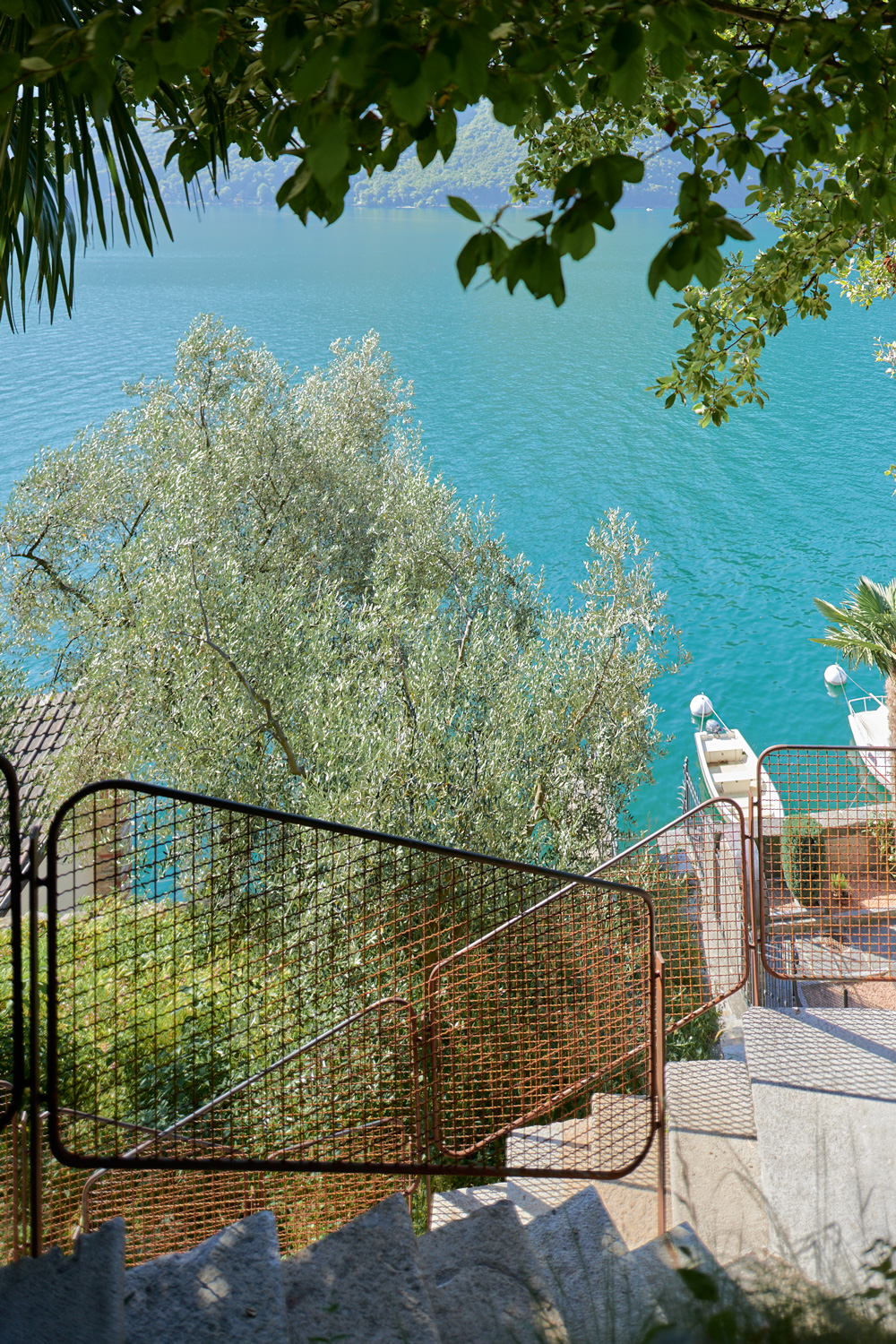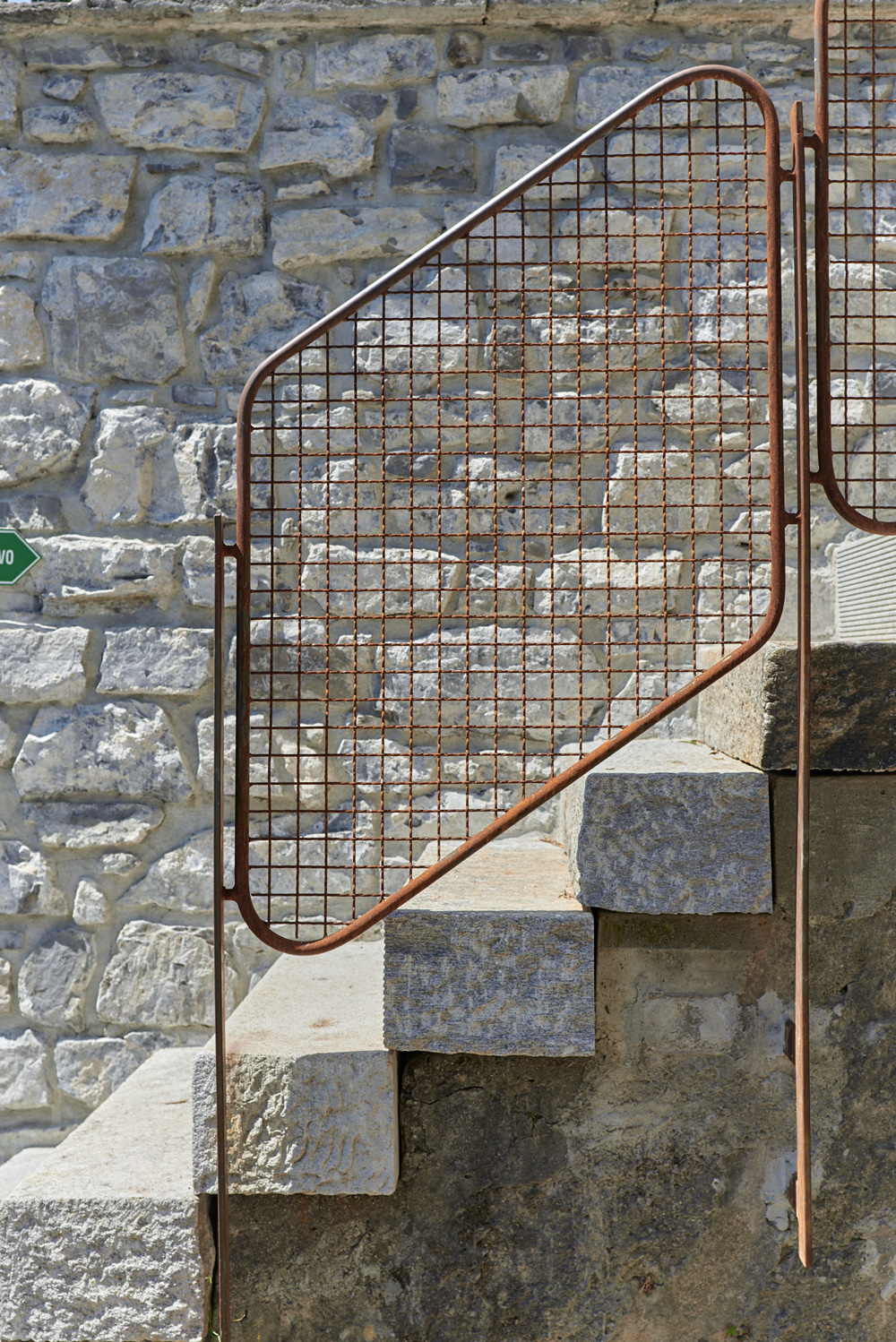Gandria, a neighbourhood of the municipality of Lugano, is an ancient settlement of fishermen and farmers on the shore of Lake Ceresio, at the foot of Monte Brè. It is such a characteristic and picturesque location that it deserved a place in the ISOS (Inventory of Protected Swiss Settlements) list. Today Gandria is an important tourist attraction thanks to its particular geographical situation and to the quality of its spaces.
Since ancient times, the landscape of Gandria is characterized by cultivated terraces supported by dry stone walls. Numerous sources testify that the cultivation of olives in Gandria was already well established in the 14th century. Gandria was connected to the international road (built in 1936) only in 1951. Currently, the village has a car park that was built in the seventies next to the cantonal road connecting Lugano and Porlezza, Italy. Between the parking area and the lake there is a drop of 54 meters. The car park and the stairway that leads down to the lake give access to the olive path.
The arrangement of this stairway fits into the wider project of revitalizing the olive path, developed in team with Oikos, an environmental consulting and engineering studio. The overall project aims at regenerating several olive trees and arranging the footpath that crosses the village, thereby connecting different terraced slopes cultivated with olive trees.
At the beginning of the project, the stairway that runs along the cemetery and connects the village to the car park above was made of poorly maintained concrete, with handrails and railings no longer in accordance with contemporary planning standards. The project suggested the construction of a new staircase with massive stone steps that use the treads of the previous steps as laying surfaces.
The staircase covers a height difference of 14.4 meters and has 72 steps and 5 landings. The new stone steps were manufactured in the stonemasonry workshop of the city of Lugano, using ancient steps that were deposited there. All the steps of the staircase have already had a “previous life” and come from different places, have different types of profiles and are made of different types of stone. The traces left by their former use have been kept in view. The landings are made with unique pieces, also rearranged using old slabs. The parapets are made of raw iron with a natural oxidized finish. The iron uprights are inserted in the stone and clamped: rough wavy wire mesh panels are applied to them and held in place by round metal bars.

























